You’ve had a long day, and the last thing you want to do is cook. So, you pop last night’s dinner in the microwave, hit reheat, and go about your business—blissfully unaware that you might be doing more harm than good. While reheating leftovers is a modern-day convenience we all rely on, not every dish handles a second round of heat gracefully. In fact, some seemingly harmless foods can turn downright dangerous once reheated.
It’s not just about flavor and texture, either (although rubbery eggs and soggy fries are no fun). The real risk lies in how heat affects the chemical makeup of certain foods—or how bacteria can thrive in improperly stored leftovers. From common staples like rice and potatoes to beloved breakfast items like eggs and spinach, reheating the wrong dish the wrong way could lead to foodborne illness, digestive distress, or even exposure to harmful compounds like nitrosamines and acrylamides.
But don’t panic—this doesn’t mean you have to toss every leftover in sight. The key is knowing which foods pose a risk and which ones can safely make an encore appearance on your plate. Some meals, like casseroles or soups, actually reheat beautifully—if handled and stored correctly.
In this guide, we’ll uncover 10 everyday foods that can become toxic or hazardous when reheated, and we’ll also share 4 reliable options that are safe to warm up a second time. Whether you’re meal-prepping, packing lunch, or just trying to stretch your budget, knowing what reheats well—and what really doesn’t—can protect your health and your taste buds.
1. Potatoes

Yesterday’s baked potatoes might be harboring a deadly secret. When cooked potatoes cool at room temperature, they create the perfect environment for Clostridium botulinum bacteria to flourish and produce a potentially fatal neurotoxin.
The danger increases when potatoes are wrapped in aluminum foil, which traps moisture and creates an oxygen-free environment where bacteria thrive. Store potatoes in the refrigerator immediately after cooking, and always reheat thoroughly until steaming hot throughout.
2. Eggs

Scrambled eggs from breakfast might seem like a quick lunch option, but think again! The proteins in eggs undergo significant structural changes when reheated, potentially leading to oxidation that can cause digestive discomfort.
Hydrogen sulfide gas forms during reheating, giving eggs that unpleasant sulfuric smell. If you must reheat eggs, use low heat and add a splash of milk or butter to maintain moisture. Better yet, repurpose cold eggs into egg salad or crumble them into a fresh dish instead of reheating.
3. Chicken

Reheating that chicken dinner from last night requires extra caution. Poultry proteins deteriorate when cooled and reheated, creating difficult-to-digest compounds that can strain your digestive system.
More dangerously, chicken harbors Salmonella bacteria that multiply rapidly when food enters the temperature danger zone (40°F-140°F). Always reheat chicken to an internal temperature of 165°F throughout. Use a food thermometer to check – visual cues aren’t reliable for determining safety.
4. Rice
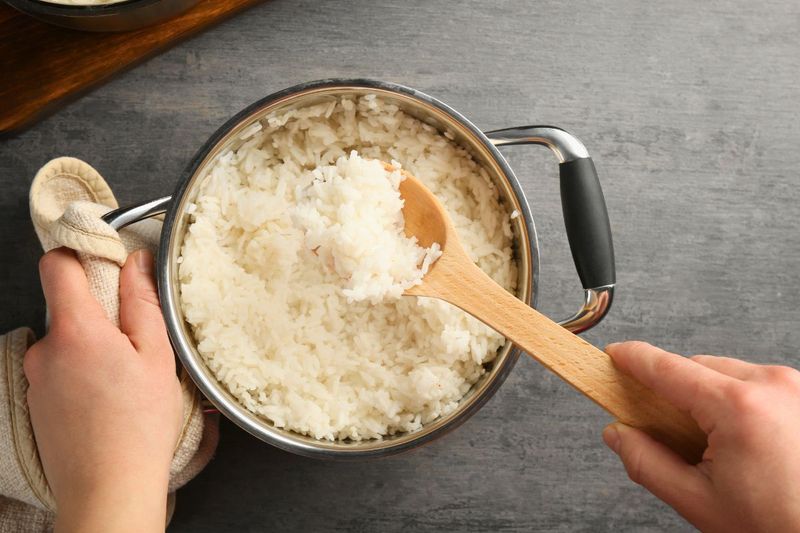
Those innocent-looking leftover grains harbor a secret threat. Bacillus cereus spores survive initial cooking and multiply rapidly at room temperature, producing toxins that cause severe vomiting and diarrhea.
Refrigerate rice within one hour of cooking to minimize bacterial growth. Even properly stored rice should only be reheated once to a steaming 165°F throughout. When dining out, be especially cautious of buffet rice that’s been sitting at warm temperatures – the perfect breeding ground for harmful bacteria.
5. Seafood
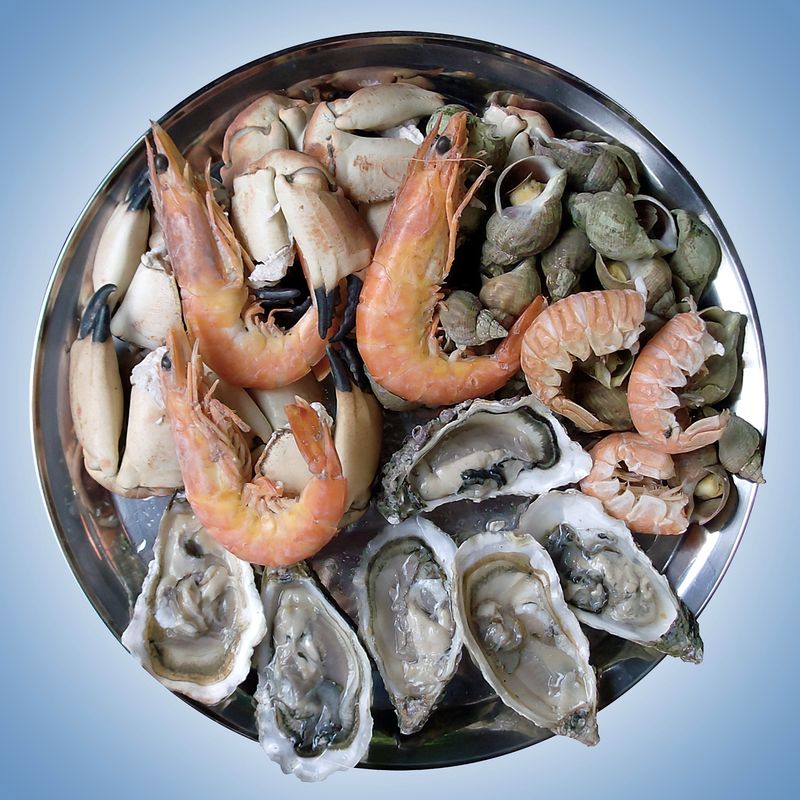
That delicious salmon fillet loses more than just quality when reheated. Fish and shellfish contain proteins that break down rapidly during second heating, creating compounds that can trigger allergic-type reactions even in people without seafood allergies.
Histamine, a natural chemical in seafood, increases to potentially harmful levels during improper storage and reheating. The texture also becomes rubbery and unappetizing. Instead of reheating seafood, enjoy it cold in salads or sandwiches where its delicate flavors shine without the safety concerns.
6. Mushrooms
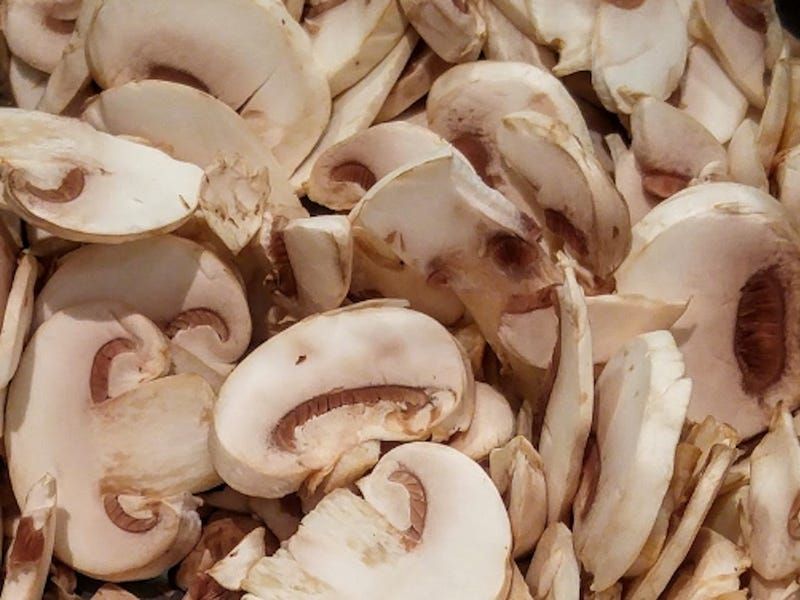
Those earthy fungi pack a nutritional punch when fresh, but become problematic after storage and reheating. Mushrooms contain delicate proteins and enzymes that break down quickly, potentially causing digestive upset when reheated.
The cellular structure of mushrooms makes them especially prone to bacterial growth during storage. If you must reheat mushrooms, ensure they were refrigerated promptly after cooking and reach 165°F throughout. A safer alternative? Add pre-cooked mushrooms to dishes cold, or sauté fresh ones each time for maximum safety and flavor.
7. Spinach
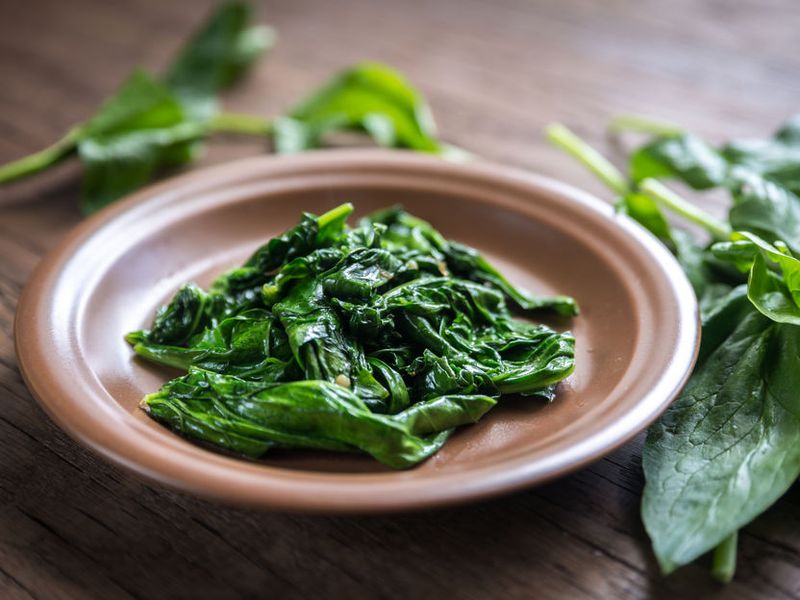
Popeye’s favorite vegetable hides a surprising secret. Spinach naturally contains high levels of nitrates that convert to harmful nitrites and potentially carcinogenic nitrosamines when reheated.
This chemical transformation happens even faster when spinach is reheated multiple times or left at room temperature before refrigeration. Young children are especially vulnerable to these compounds. Enjoy spinach freshly cooked or cold after initial preparation. When incorporating leftover spinach, add it to hot dishes at the last minute rather than reheating it separately.
8. Beets
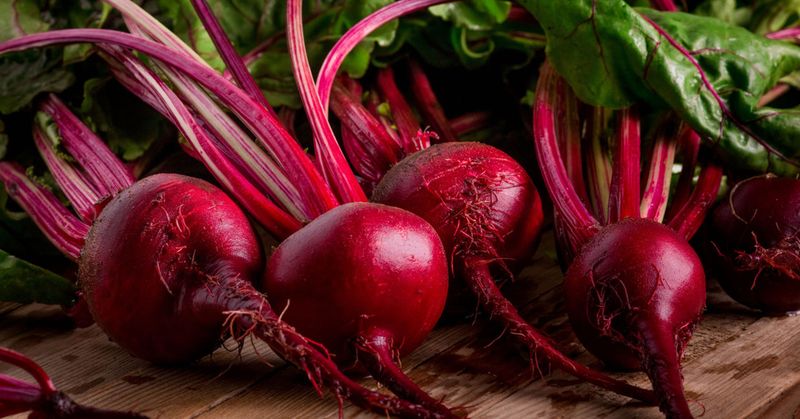
The vibrant root vegetable beloved for its earthy sweetness shares spinach’s nitrate problem. Beets naturally contain high levels of nitrates that convert to potentially harmful nitrites and nitrosamines when reheated, especially after improper storage.
These compounds can affect oxygen transport in the bloodstream, particularly dangerous for infants and young children. Store beets properly in the refrigerator immediately after cooking. For leftover beets, enjoy them cold in salads or blend them into smoothies rather than reheating. Their natural sweetness actually shines brighter in chilled preparations.
9. Celery
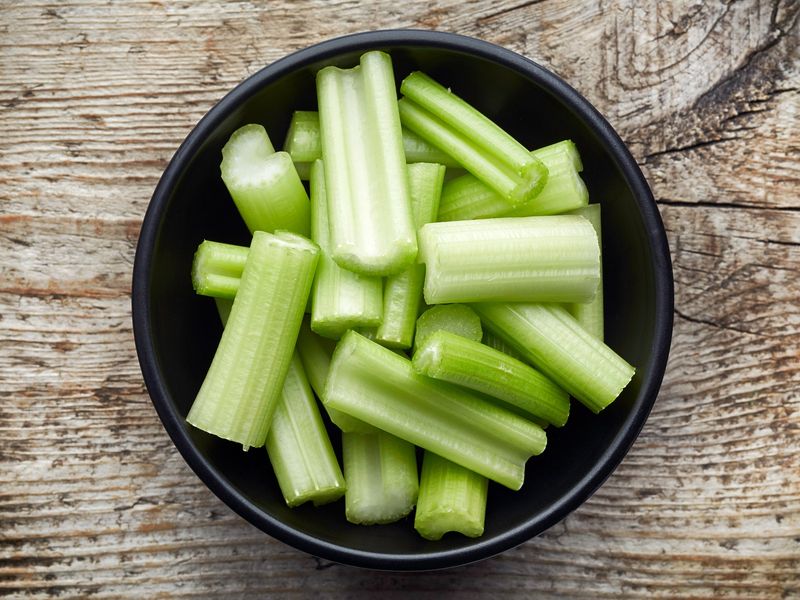
This crunchy diet staple harbors a hidden danger when incorporated into reheated dishes. Like spinach and beets, celery naturally contains high levels of nitrates that convert to potentially harmful nitrites during the reheating process.
The risk increases when celery is used in soups and stews that are cooled, stored, and reheated days later. These nitrites can form nitrosamines, compounds linked to increased cancer risk. When making soups or stews you plan to reheat, consider adding fresh celery during the reheating process rather than cooking it twice.
10. Fried Foods
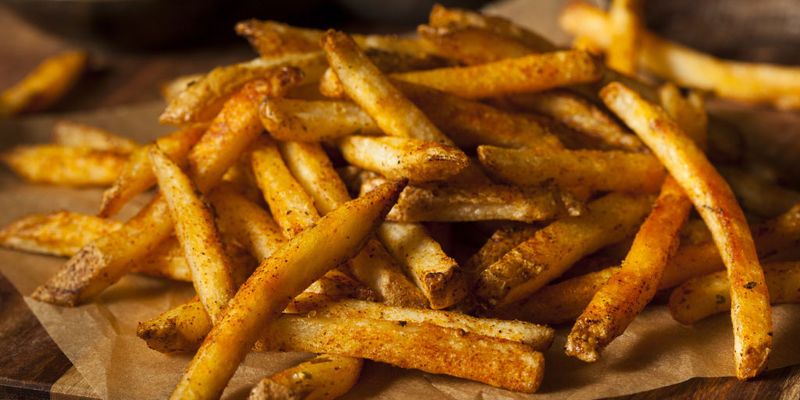
Those crispy french fries and golden chicken tenders undergo a concerning transformation in the microwave or oven. Reheating causes already-unstable cooking oils to break down further, releasing free radicals that damage cells in your body.
The reheating process also accelerates the formation of acrylamides, compounds classified as probable carcinogens. The original crispy texture turns soggy and unappetizing anyway. If you must reheat fried foods, use an air fryer which minimizes additional oil breakdown while restoring some crispness.
1. Casseroles
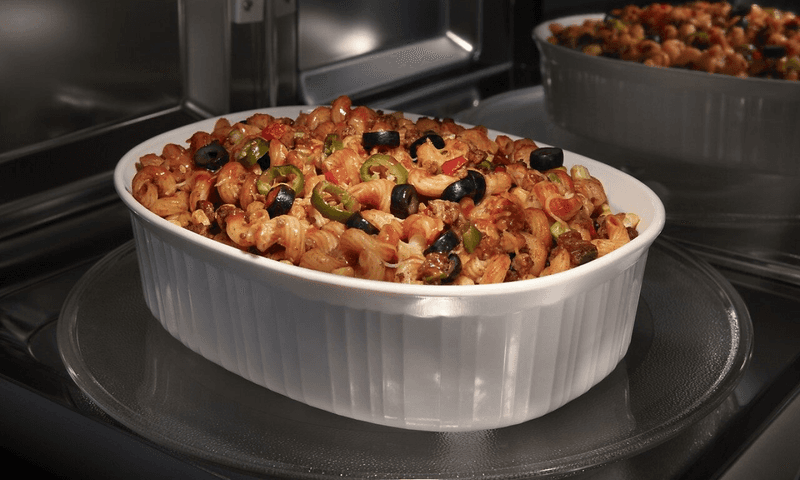
Unlike our previous troublemakers, properly stored casseroles welcome a second heating with open arms! Their combination of ingredients creates a balanced environment that reheats evenly when handled correctly.
The key to safety lies in cooling casseroles quickly after initial cooking (divide large portions into smaller containers) and refrigerating within two hours. When reheating, ensure the center reaches 165°F by using a food thermometer. The dense nature of casseroles helps retain moisture, preventing the dried-out texture that plagues many reheated foods.
2. Non-Leafy Vegetables
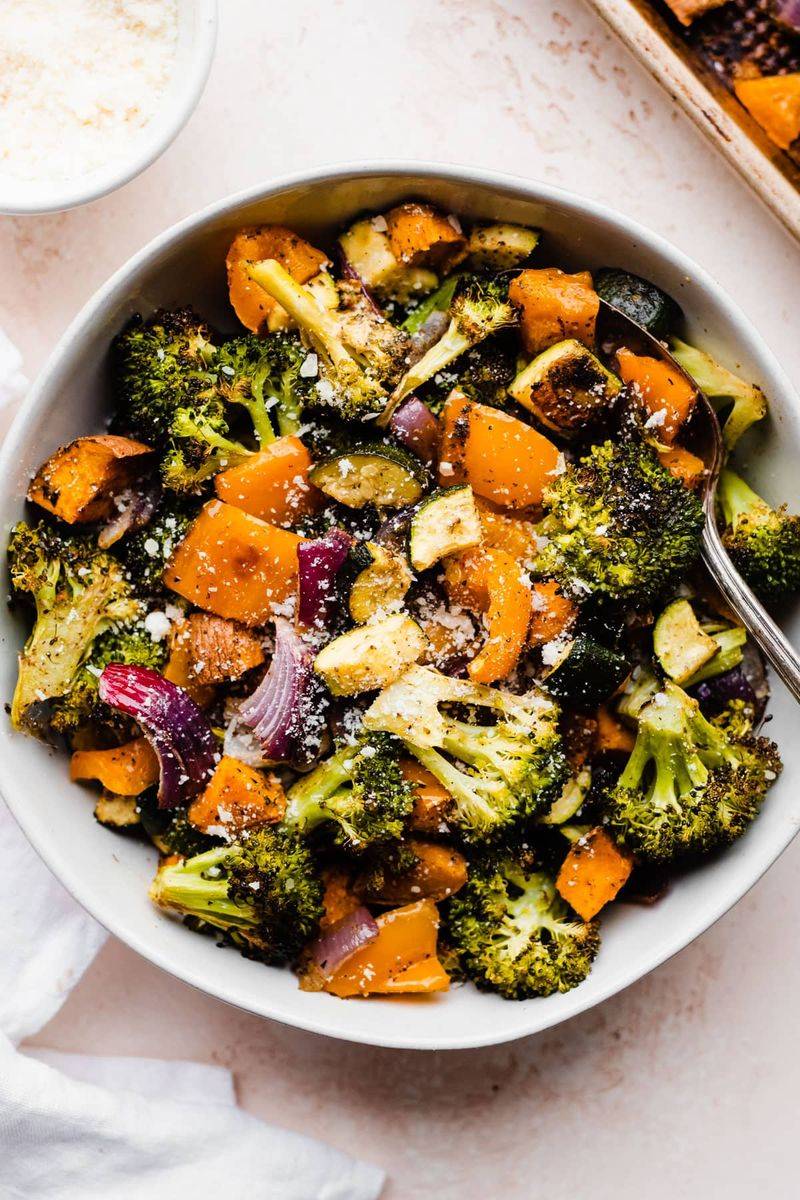
Carrots, broccoli, cauliflower, and other non-nitrate-rich vegetables handle reheating like champions! Unlike their leafy counterparts, these sturdy veggies maintain both nutritional value and safety when properly stored and reheated.
Their fiber-rich structure helps them retain moisture during second heating. For best results, add a splash of water before reheating to create steam, and stir halfway through for even heating. Microwaving actually preserves more nutrients than stovetop reheating, thanks to shorter cooking times and minimal water loss.
3. Soups and Stews
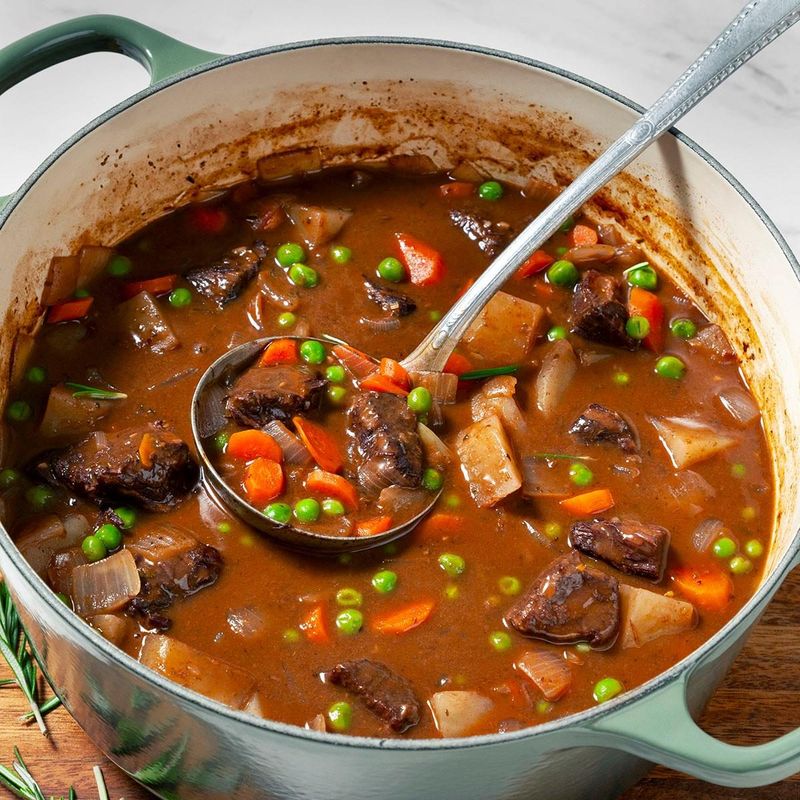
Many home cooks insist soups taste better the day after making them – and science agrees! The liquid base allows for thorough, even reheating, minimizing dangerous cold spots where bacteria could survive.
Flavors actually develop and meld during refrigeration as ingredients continue to release compounds. When reheating, bring soups to a rolling boil for at least one minute to ensure safety. Just remember to refrigerate properly within two hours of initial cooking, and avoid reheating more than once to maintain both safety and quality.
4. Beef and Pork
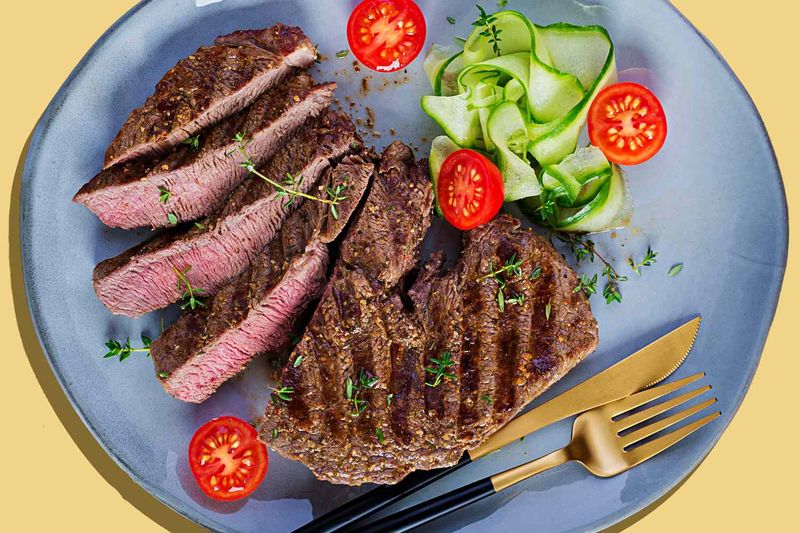
Properly cooked beef and pork cuts stand up remarkably well to reheating, unlike their poultry counterparts. Their dense protein structure and higher fat content help maintain moisture and prevent the textural breakdown that plagues reheated chicken.
The key to safety is reaching an internal temperature of 165°F throughout when reheating. Slicing meat thinly before reheating ensures more even heating and prevents dry edges before the center warms. For maximum flavor preservation, reheat in gravy or broth to maintain moisture and add a flavor boost to your second-day meal.
Leave a comment